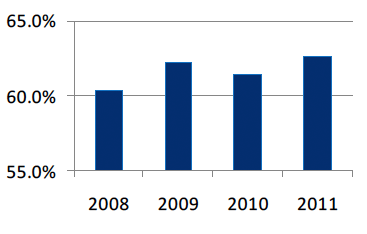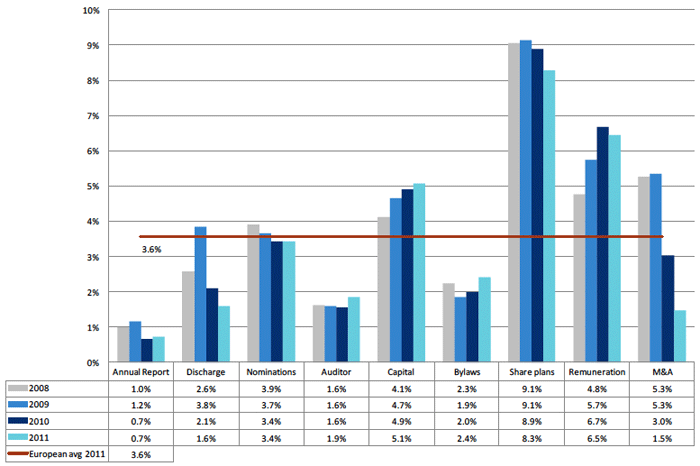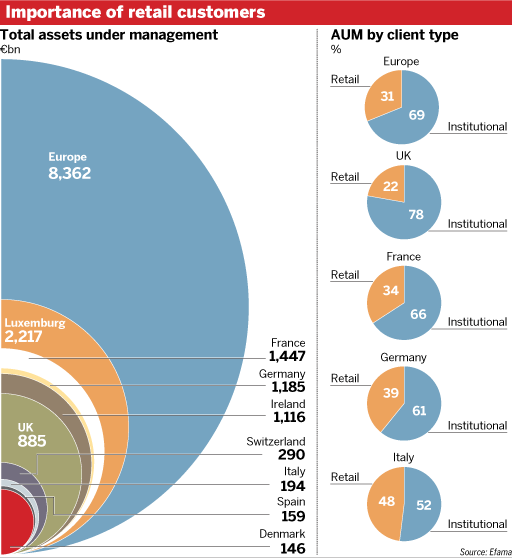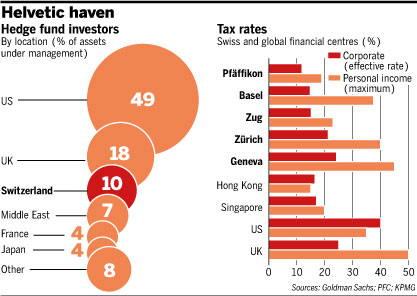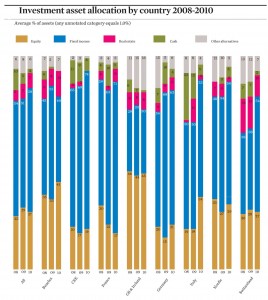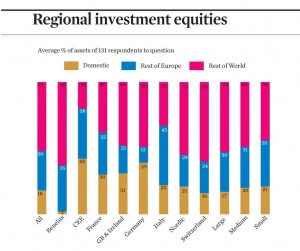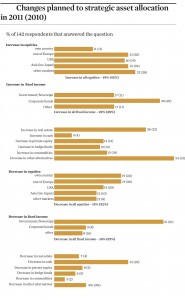Source: Financial News, 14 Feb 2013
The Investment Management Association wants to look at the way the costs of corporate access, research and trading are bundled together by brokers – bringing the issue of corporate access into the unbundling debate for the first time.
The IMA, the UK trade body for asset managers, issued a statement this week in which it said it wants to investigate the way brokers charge asset managers for access to their corporate clients, and research, through commission payments bundled up with trading costs.
The statement is its official response to a letter that the Financial Services Authority wrote to the chief executives of asset management companies in November. The FSA letter said there was a potential conflict of interest within so-called “bundled commissions”. It called on fund managers to confirm that the commissions were not being used to pay for access to companies.
The debate follows one that took place 10 years ago over the way brokers provided computers and other services to asset managers through soft commissions paid by the clients of managers. The FSA took steps to restrict the acceptance of soft commissions, but left in place commission payments for research and corporate access.
In its latest letter to asset management chief executives, the FSA said: “We found few governing bodies regularly reviewed whether the products and services purchased using client commissions were eligible to be paid for with customers funds.”
The FSA added that firms were failing to organise commission payments properly. It pointed to a range of issues that need addressing. It called on the chief executives to confirm in writing by the end of this month that they are not vulnerable to conflicts of interest over commissions, and other issues.
IMA director Guy Sears said he wanted to see greater accuracy over the way access to company executives is charged.
Referring to the debate on the acceptance of soft commissions, Sears said: “It is 10 years since we had the last analysis of bundled commissions by the FSA. I believe the time for new scrutiny has arrived.”
According to an IMA statement: “The IMA intends to embark on a wider programme of work during 2013 to consider the barriers to engagement that may exist between investors and investee companies and the challenges faced by asset managers in getting bundled services and research.”
The FSA has highlighted the way in which company brokers arrange visits for investors to their clients. It said that 29% of access is paid via dealing commissions.
In its response, the IMA disputed this 29% figure: “The figure is not supported by information from members with which the IMA has spoken, appearing very large compared to the experience of these members,” it said.
In its statement, the IMA said investors should not expect to pay when companies are brought round to see them outside periods where deals are taking place. According to one manager: “Payments by companies are more often than not the case.”
The IMA added, however, that managers should pay when they approach a broker for access. In cases where analysts provided research on, say, events at a corporate meeting, payments could quality for research commissions.
The IMA said these would require different invoicing rules with costs to be broken down: “In the absence of this, it must be expected that many managers will feel unable to attribute any dealing commission to interactions with companies.”
Sears said the quality of research should also be broken into appropriate categories, each commanding a different fee: “We need greater transparency and a review of the bundled pricing system.”




